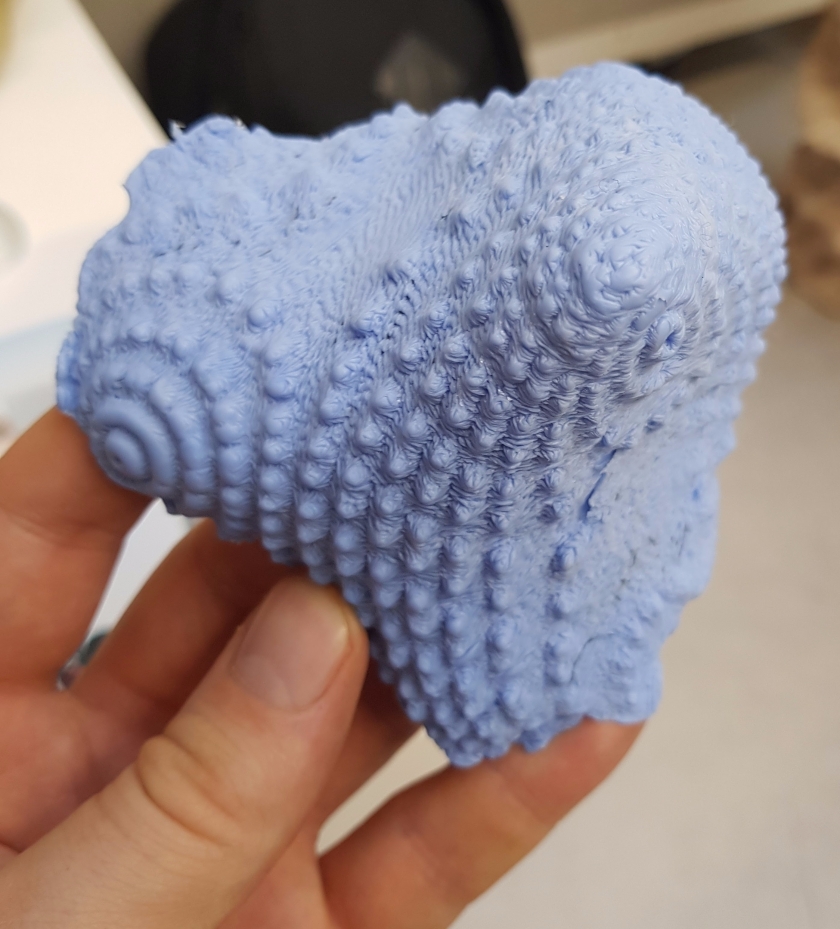Since the last post on the 23rd October our students have been exploring how to materialise their research into fractals (which they generated with Mandelbulb3D). The conflict between endless geometry and finite material world creates a creative tension that pushes innovation in digital design and fabrication. From parametric equations to parametric design, students have explored fractals as self-generating computer images and attempted to control them, first through changing their variables and then by extracting the most appealing fragments and recreating them using Grasshopper3D . From pure voxel-based images to NURBS or meshes and to 3D printing, laser-cutting, thermo-forming, casting..etc… students are confronted to the limitation of the computer’s memory and processing power as well as materials and numerical control (NC) programming language such as Gcode.
Navigating through fractals, exploring their recursive unpredictability to create more finite prototypes is like walking through the forest and noticing a beautiful flower to design your next building – it helps to let go of a fully top-down approach to architecture, it encourages a collaborations with your computer and a deep understanding of machines and materials. It anticipates a world in which the computers will have an intelligence of their own, where the architect will guide it onto a learning path instead of giving him instructions. Using infinite fractals to inspire designs helps instill infinity within the finite world – bringing a spiritual dimension to our everyday life.
Below is a selection of our students Brief01 journey so far:






















